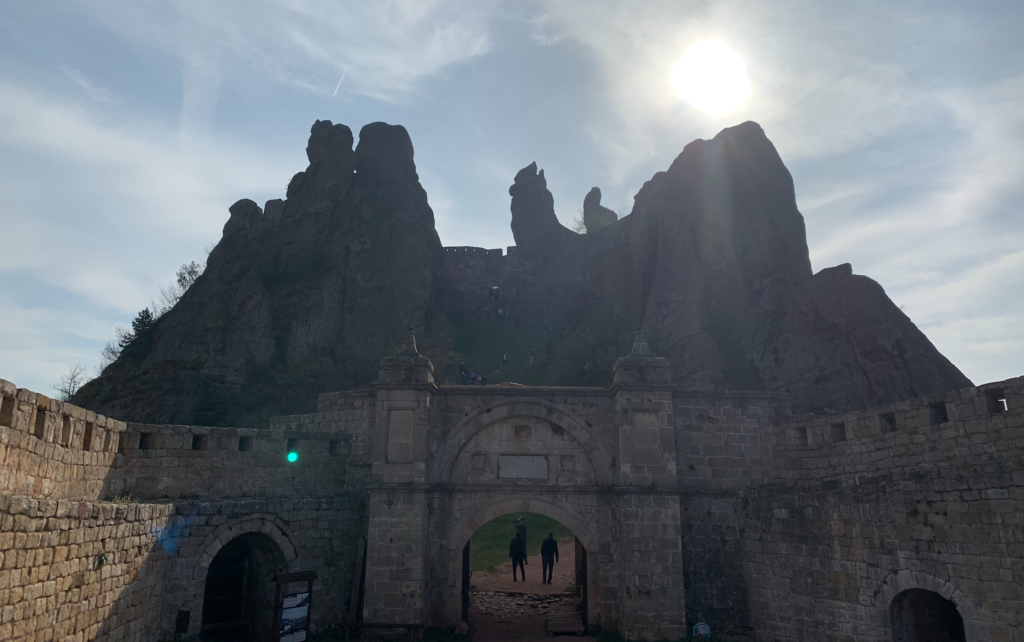It Was… Soap Poisoning
![]() Turning our outlines into manuscripts requires an intermediate step (which we’ve talked about a lot in the past) – stubs. Stubs can be seen as super rough first drafts or as scene synopses. They take the story’s skeleton and fatten it up a bit, to give an idea of how the dots will look when they’re all connected. (Who doesn’t love a mixed metaphor?) When Jen was working on the latest batch of stubs for As-Yet Untitled Ghost Novel #1, she made an uncomfortable discovery. We’d reached a part of the plot where a lot of interpersonal shenanigans happen, and if she wasn’t careful, things would take quite a turn into the soap-operatic.
Turning our outlines into manuscripts requires an intermediate step (which we’ve talked about a lot in the past) – stubs. Stubs can be seen as super rough first drafts or as scene synopses. They take the story’s skeleton and fatten it up a bit, to give an idea of how the dots will look when they’re all connected. (Who doesn’t love a mixed metaphor?) When Jen was working on the latest batch of stubs for As-Yet Untitled Ghost Novel #1, she made an uncomfortable discovery. We’d reached a part of the plot where a lot of interpersonal shenanigans happen, and if she wasn’t careful, things would take quite a turn into the soap-operatic.
All of the relationship stuff needs to happen so that folks will be in their correct positions later on to keep the plot rolling as planned. We just didn’t want anyone — readers or characters — to forget that this is a ghost story. Spooky stuff needs to happen from time to time to maintain the eerie tone.
It wasn’t obvious from the outline just how long this stretch of non-spectral stuff would be. It looked like only a bullet point or two, until Jen started to unpack it all. “Lady Marzipan and the Bandit Lord get married” doesn’t seem like it will necessarily need multiple scenes until you remember that they first have to book a venue and hire a DJ, and that those activities are very challenging for them because they are dogs.
By the time it was all sketched out, it came to something like 10 scenes where the ghosts just had no jobs, and that’s too many scenes in a row. Jen sat with the problem for several work sessions, moving the pieces around on the board and folding ingredients in from adjacent sections until the batter was smooth and had a pleasingly marbled appearance. (We use a standmixer to process our metaphors. Saves time.) The weird and eerie elements of the story wouldn’t get lost while the humans dealt with their assorted interpersonal crises.
A writing partner is someone who’s a strategizing chef in the Writing Cave and an osteopathic artist in, well, also the Writing Cave.

